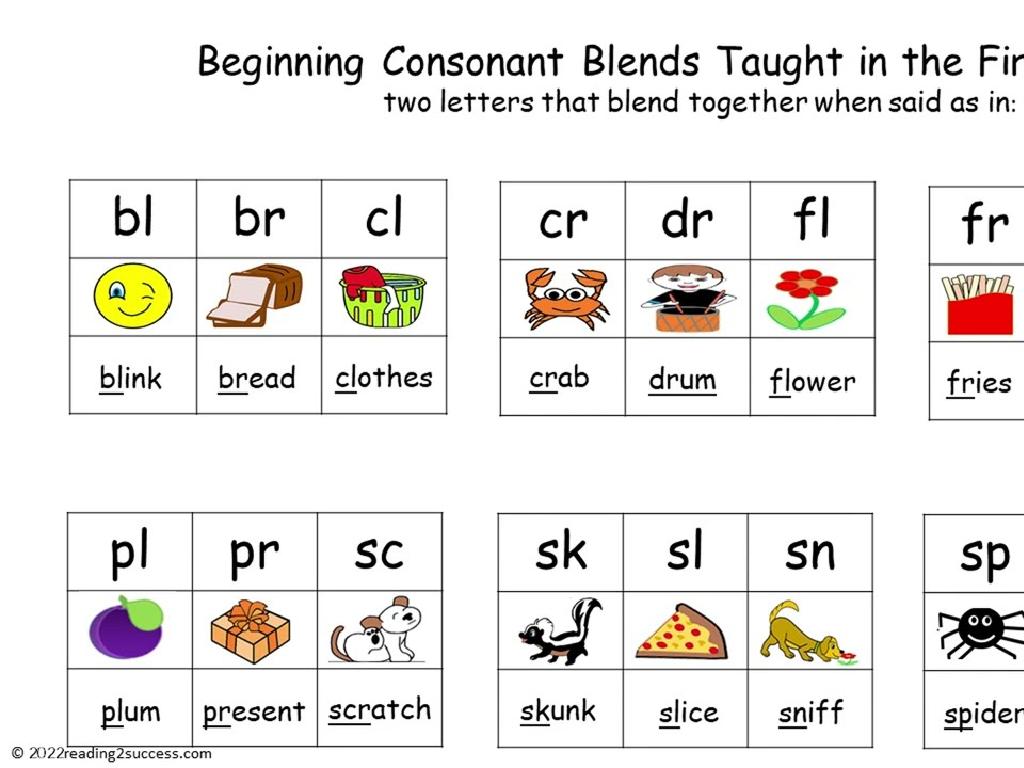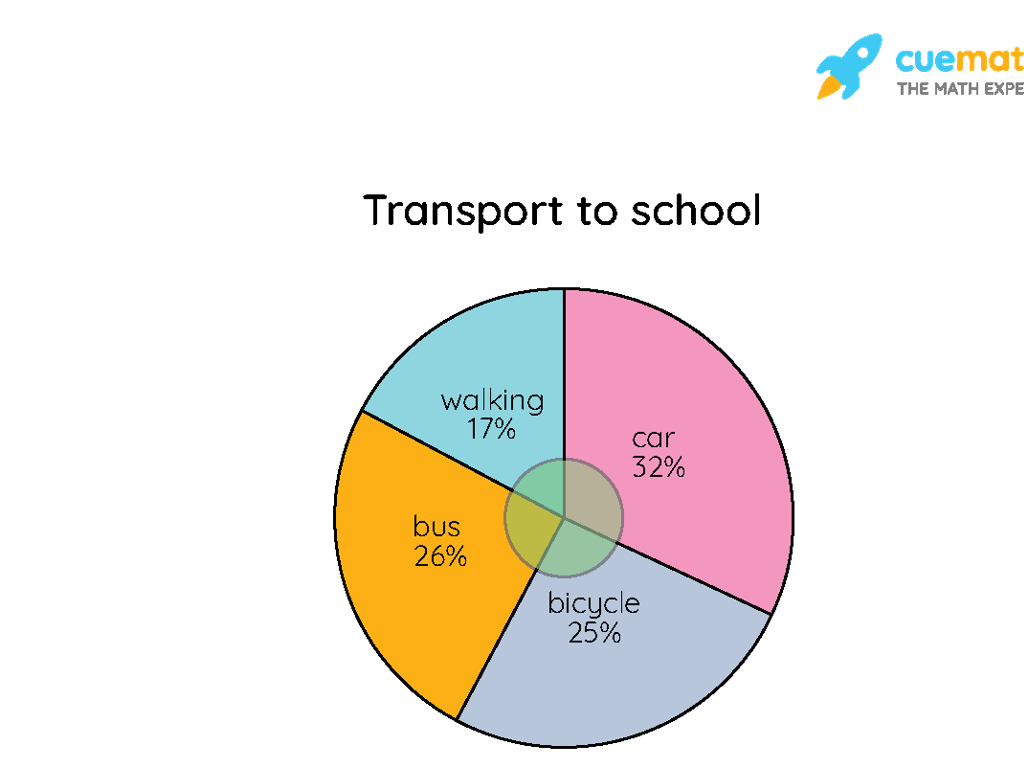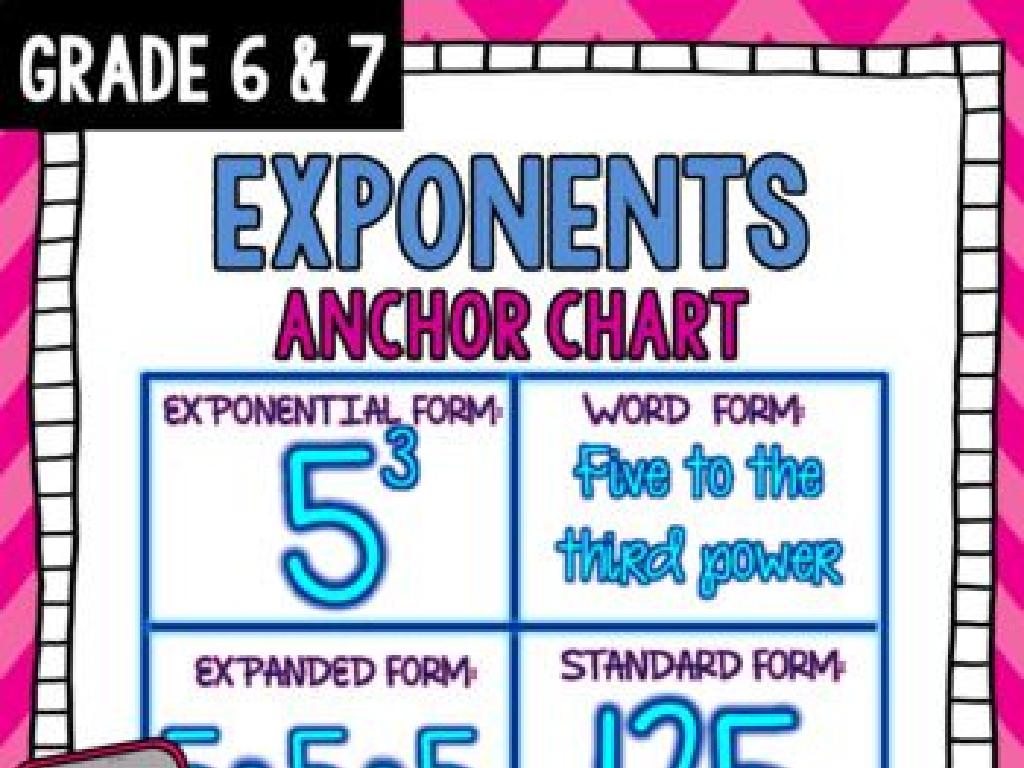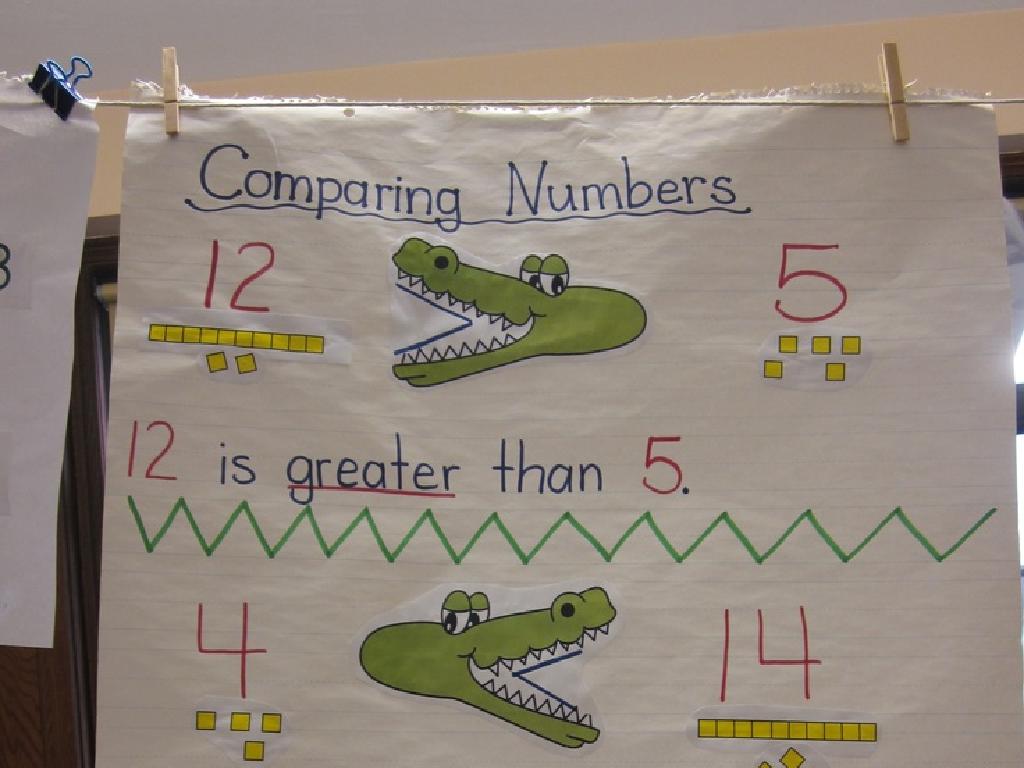Compare Thermal Energy Transfers
Subject: Science
Grade: Eighth grade
Topic: Thermal Energy
Please LOG IN to download the presentation. Access is available to registered users only.
View More Content
Understanding Thermal Energy Transfers
– Define thermal energy
– The internal energy present due to the random motions of its molecules or atoms
– Thermal energy’s effect on matter
– Heat causes matter to expand and change state
– Everyday examples of transfer
– Heating food, melting ice, and using hand warmers
– Discuss conduction, convection, radiation
– Conduction: spoon in hot soup, Convection: boiling water, Radiation: feeling the sun s warmth
|
This slide introduces students to the concept of thermal energy and its significance in everyday life. Begin by defining thermal energy as the energy that comes from the temperature of matter – the hotter the substance, the more thermal energy it possesses. Explain how thermal energy can cause changes in the state of matter, such as melting or boiling, due to the increase in molecular motion. Provide relatable examples like cooking or ice melting to illustrate how thermal energy is transferred in everyday scenarios. Finally, touch on the three methods of thermal energy transfer: conduction, convection, and radiation, setting the stage for more in-depth exploration of these concepts in subsequent lessons.
Understanding Thermal Energy
– Define thermal energy
– Thermal energy is the total kinetic energy of particles in a substance.
– Particles movement in substances
– Particles move faster in hot substances and slower in cold ones.
– Thermal energy vs temperature
– Temperature measures how hot or cold an object is, not energy content.
– Exploring heat transfer
|
This slide introduces the concept of thermal energy, which is crucial for understanding heat transfer. Thermal energy refers to the kinetic energy of particles moving within substances; the faster the particles move, the more thermal energy they possess. It’s important to distinguish between thermal energy and temperature, as temperature is a measure of how hot or cold something is, but it doesn’t quantify the energy present. The slide sets the stage for discussing the methods of heat transfer, such as conduction, convection, and radiation, in subsequent slides. Encourage students to think about everyday examples of thermal energy, like the warmth from a cup of hot chocolate or the coolness of an ice pack.
Methods of Thermal Energy Transfer
– Conduction: Direct contact transfer
– Occurs when objects touch, like a spoon heating up in hot soup
– Convection: Transfer in fluids
– Warm fluids rise, cool ones sink, forming a cycle, e.g., boiling water
– Radiation: Electromagnetic wave transfer
– Heat from the sun reaches us as infrared radiation, even through space
|
This slide introduces students to the three primary methods of thermal energy transfer: conduction, convection, and radiation. Conduction is the process by which heat energy is transmitted through collisions between neighboring atoms or molecules. Convection is the transfer of heat by the physical movement of a fluid such as water or air. Radiation is the transfer of energy through space by electromagnetic waves. Understanding these concepts is crucial for grasping how heat moves in different environments. Use examples like touching a hot stove (conduction), feeling the warm air from a heater (convection), and feeling the warmth of the sun on your skin (radiation) to illustrate these methods. Encourage students to think of additional examples and to consider which method is most efficient under different circumstances.
Conduction in Thermal Energy Transfer
– Atomic-level conduction process
– Atoms vibrate and pass energy to neighboring atoms, transferring heat without overall object movement.
– Cooking on a stove example
– Heat from the stove transfers to the pot, then to its contents via direct contact.
– Touching a hot cup example
– Heat moves from the cup to your hand when you touch it, demonstrating direct heat transfer.
|
Conduction is the process of heat transfer through direct contact. At the atomic level, it involves the vibration of atoms and molecules that are in contact with each other. When one molecule is heated, it vibrates more vigorously and passes this energy to adjacent molecules. In the kitchen, conduction can be seen when a stove heats a pot, which in turn heats the food inside. Similarly, when touching a hot cup, thermal energy is conducted from the cup to your hand. It’s important to note that in conduction, unlike other forms of heat transfer, the material itself does not move, only the energy does. Have students think of other examples of conduction they experience in daily life.
Convection in Thermal Energy Transfer
– Convection circulates fluids
– Heat transfer in gases and liquids due to density differences
– Boiling water demonstrates convection
– Hot water rises, cools, then sinks, forming a current
– Weather patterns influenced by convection
– Convection currents form wind and drive weather systems
|
Convection is a method of heat transfer in fluids (gases and liquids) that occurs when variations in temperature cause fluid movement due to density changes. When a fluid is heated, it becomes less dense and rises. As it rises, it cools down, becomes denser, and sinks. This creates a circular motion known as a convection current. In the classroom, demonstrate convection by heating water in a clear container with food coloring to visualize the movement. Discuss how convection is responsible for major weather patterns, such as wind, storms, and the overall climate. Encourage students to think of other examples where convection plays a role in their daily lives.
Understanding Radiation in Thermal Energy Transfer
– Radiation: Medium not required
– Energy travels as electromagnetic waves
– Sun’s warmth: Earth’s example
– Sunlight crosses vacuum of space to heat Earth
– Heat from fire: A direct experience
– Feel heat without touching flames
– Radiation’s role in energy transfer
|
Radiation is a method of heat transfer that does not rely on any contact or medium, such as air or water, to occur. It is how we receive heat from the sun, which travels through the vacuum of space. Students can relate to this concept by thinking of how they feel warmth from a fire without being directly in contact with it. This slide will delve into the concept of radiation, providing real-life examples to help students understand how radiation plays a crucial role in the transfer of thermal energy. Discuss the nature of electromagnetic waves and how they are responsible for the transfer of energy in the form of radiation.
Comparing Thermal Energy Transfers
– Similarities in energy transfer methods
– Conduction, convection, and radiation all transfer heat, but in different ways.
– Conductors vs. Insulators
– Metals like copper are good conductors, while rubber is a good insulator.
– Impact on climate
– Greenhouse gases trap heat, affecting Earth’s climate through radiation.
– Exploring real-world applications
|
This slide aims to compare the different methods of thermal energy transfer: conduction, convection, and radiation, highlighting their similarities and differences. Students should understand that while all three methods transfer heat, they do so via different processes. Discuss how good conductors, such as metals, facilitate the transfer of heat, whereas insulators like rubber resist it. Explore the impact of these methods on our climate, particularly how greenhouse gases contribute to global warming by trapping heat through radiation. Encourage students to think of examples of conductors and insulators they encounter daily and to consider how human activities influence climate change.
Real-World Applications of Thermal Energy Transfer
– Home insulation and conduction
– Insulation reduces heat loss; how does it work?
– Weather systems via convection
– Convection currents drive weather patterns and ocean currents.
– Solar panels utilize radiation
– Solar panels convert light to energy without direct contact.
– Understanding the greenhouse effect
– Greenhouses trap heat; how does this relate to our planet?
|
This slide aims to illustrate the practical applications of thermal energy transfer in everyday life. Insulation in homes is a direct application of conduction, where materials are used to reduce heat transfer. Weather systems and ocean currents are examples of convection, where heat transfer occurs through the movement of fluids. Solar panels are an example of radiation, as they absorb energy from the sun without requiring direct contact. Lastly, the greenhouse effect is a natural process that warms the Earth’s surface; understanding this helps students grasp the impact of radiation on our environment. Encourage students to think about how these applications affect their daily lives and the broader implications for environmental science.
Class Activity: Observing Thermal Energy Transfer
– Conduct a heat transfer experiment
– Gather metal and plastic spoons, hot water
– Predict which spoon conducts heat better
– Think about the properties of metal vs. plastic
– Record observations and conclusions
– Compare the temperature changes in each spoon
|
In this class activity, students will explore the concept of thermal energy transfer through a hands-on experiment. Provide each group with metal and plastic spoons and cups of hot water. Before starting, ask students to predict which material will conduct heat more effectively and why. As they place the spoons in hot water, they should carefully observe and record the temperature changes over time, using their sense of touch cautiously to avoid burns. After the experiment, discuss the results and the properties of each material that affect heat conduction. This activity will help students understand the practical aspects of thermal energy transfer and the differences between conductors and insulators. Possible variations of the activity could include using different liquids, varying the water temperature, or testing additional materials.
Conclusion: Thermal Energy Transfer
– Recap of energy transfer methods
– Conduction, convection, and radiation
– Class experiment outcomes
– What did our experiment show us?
– Daily life applications
– Insulation, weather patterns, cooking
– Discussing real-world implications
|
This slide aims to summarize the key points of thermal energy transfer, including conduction, convection, and radiation. Reflect on the class experiment, discussing what the results demonstrated about these methods. Encourage students to think about how the concepts they’ve learned apply to everyday situations, such as home insulation, understanding weather patterns, and cooking. This will help them appreciate the relevance of science in their daily lives. Engage the class in a discussion about the broader implications of thermal energy transfer, such as energy efficiency and environmental impact.






